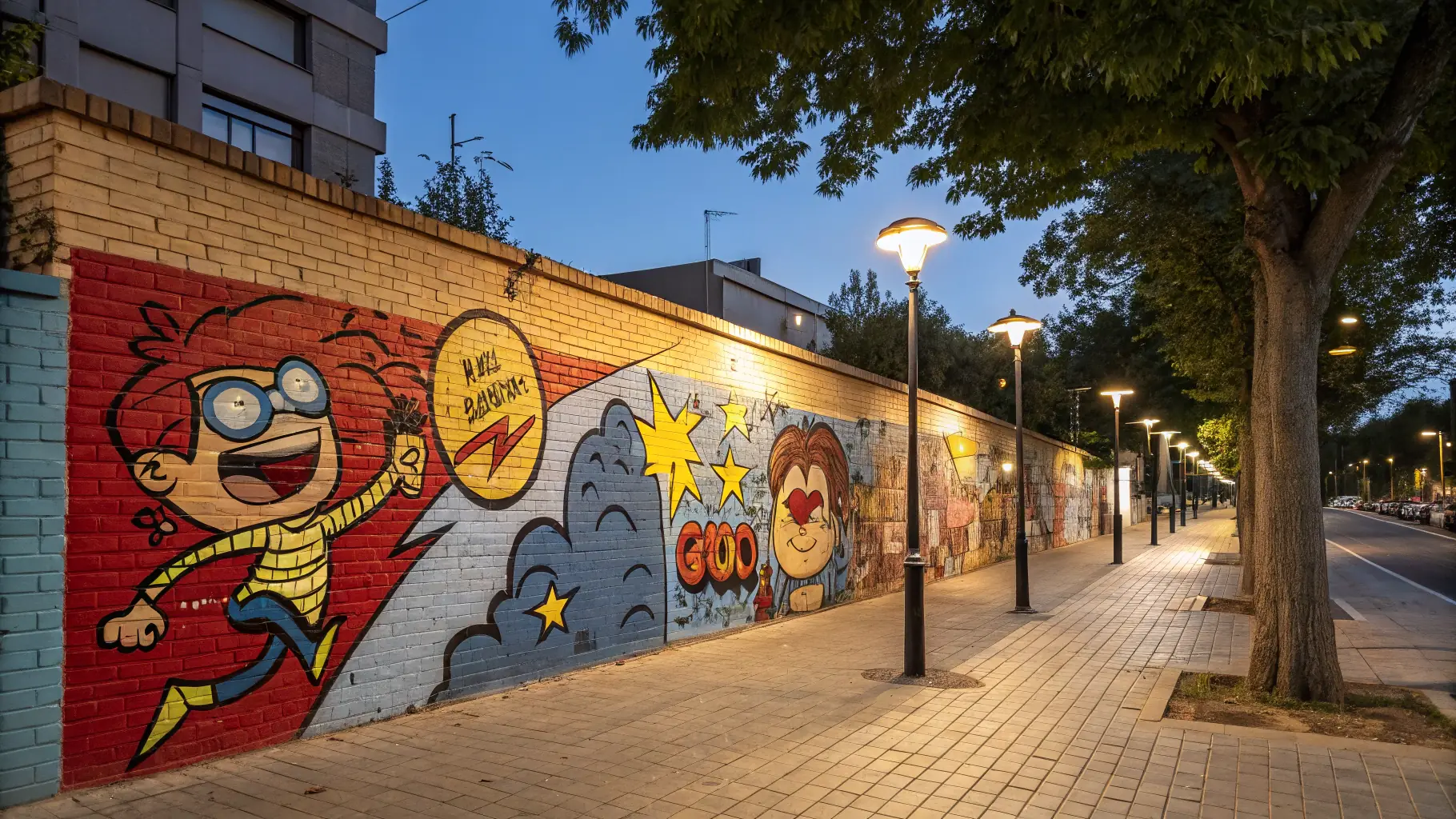Street art, once considered a form of vandalism, has evolved into a respected and celebrated art form. Originating in the graffiti subculture of the 1960s and 70s, street art has gradually gained recognition for its artistic merit and social commentary. Today, street art can be found in galleries, museums, and public spaces around the world, attracting art enthusiasts and collectors alike. This evolution reflects a broader shift in attitudes towards art and creativity, as well as the growing recognition of the importance of public art in urban environments. The journey of street art from the streets to the galleries is a testament to its enduring appeal and cultural significance.
One of the key factors driving the evolution of street art is its ability to engage with social and political issues. Street artists often use their work to express their views on topics such as inequality, environmental degradation, and political corruption. By creating art in public spaces, they can reach a wide audience and spark conversations about important issues. This form of artistic activism has played a significant role in raising awareness and promoting social change. The power of street art lies in its ability to challenge the status quo and inspire people to think critically about the world around them.
Despite its growing acceptance, street art continues to face challenges and controversies. Some critics argue that street art is still a form of vandalism, particularly when it is created without permission on private property. Others question the commercialization of street art, arguing that it undermines its original spirit of rebellion and anti-establishment sentiment. However, many street artists embrace the opportunity to showcase their work in galleries and museums, viewing it as a way to reach a wider audience and earn a living from their art. The ongoing debate about the role and value of street art reflects its complex and multifaceted nature.


